Hey there boys and girls! Thanks for sticking with me this far on our journey into photography.
As a heads up, this post is for those who want to get a bit deeper into photography. So, it’s gonna be a longer post.
To recap, here’s what we’ve covered so far in the past four posts:
Part 1: what is photography, why do you need it, and how it can help you.
Part 2: a quick history of photography.
Part 3: the differences between film and digital photography.
Part 4: the 4 types of photography.
There are lots of expensive cameras are on the market today that do similar things. The end goal is to make a photograph of what you previsualized, as Ansel Adams would teach. It’s important to be able to translate what you see in your mind onto the photographic “canvas.” To do this, we need to know our craft and the tools that will get the job done. This post is going to be a basic overview of what settings I use when photographing a portrait.
Today’s digital cameras come with a host of confusing options and modes. Let’s get familiar with some terms first before jumping in. We touched on these in Part 4.
Aperture: the opening in the lens that allows a controlled amount of light into the camera. Think of the aperture as the pupil of your eye. When something is far away or difficult to read, we squint to see it better. If you want something that is far away to be in focus in your photo, close down your aperture (“squint”). So, to get what is in front of the lens until the horizon in focus, choose an aperture size that has a larger numeric value. Apertures such as f/11 or f/16 will produce backgrounds that are more in focus. Even though these numbers are larger, they correspond to how small the aperture is. If you want to focus on a particular subject and blur the background, choose an aperture size that is lower in numeric value. This depends on the focal length of the lens, of course. But, a general guideline is that larger apertures create bokeh (background blur). Apertures such as f/1.4 or f/2 have a much narrower focal plane, so they blur whatever is in front and behind that focal plane. Even though these numbers are smaller, they correspond to larger aperture openings. So, at f/1.4, for example, the aperture size is actually larger than at f/11. See the diagram below. So, aperture size is one of three factors that controls the amount of light let into the camera.
Shutter speed: this mechanism is a small door that opens and closes inside of the camera body. The shutter controls how long the light let in through the aperture can fall onto the sensor. Shutter speeds usually go from 1/8000 of a second to around 30 seconds in half speed increments. For example, the fastest shutter speed may be 1/8000 sec., and the second fastest is 1/4000 sec., followed by 1/2000 sec., and so on.
ISO: is the sensitivity of the capture plate (sensor or film) to light. Analog film sometimes uses ASA (American Standards Association). If you want to nerd out, you can read all about ISO here. Lower ISOs, like 50 or 100, will produce less “grain” in an image. The image will be “cleaner.” But, lower ISOs also need more light as sensitivity is low. Higher ISOs, like 800 or 1600, are more sensitivity to light. This is convenient for low light situations. But, they also produce more “grain” in an image. Usually, in digital photography, higher “grain” or “noise” is not very pleasant. In analog film, a certain amount of silver grain can give the photo a pleasant look, depending on the context.
In short: aperture, shutter speed and ISO are the three legs of the photography table. If you adjust one, you will usually adjust one or both of the other settings to compensate.
So, how do I approach a scene that I would like to photograph? Stay tuned for the next installment of the “What the F-stop Is Photography?” series to find out!
Blog question: If you’re in a low light situation with no way to add more lighting. Your aperture is open to its largest setting. And, you’ve also reached your limit on how slow your shutter speed can be without blurring the image. You’re still getting dark, underexposed images. Which other setting change can you make to increase the sensitivity of the sensor?
Bonus question: “Duckface” – yay or nay? And why? Leave a comment below! Feel free to ask any questions. Stay tuned for next week’s blog post!

